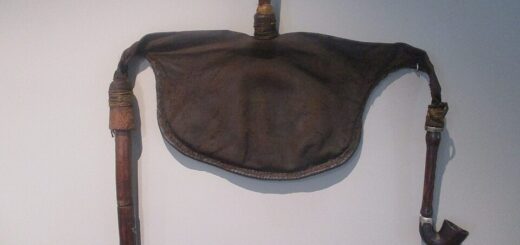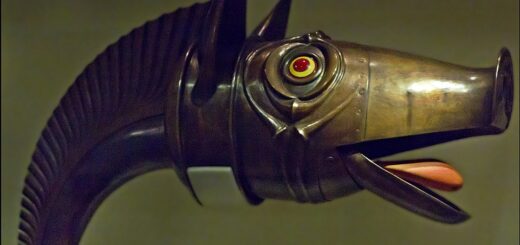Mbira – Africa’s Timeless Thumb Piano and Its Soulful Song
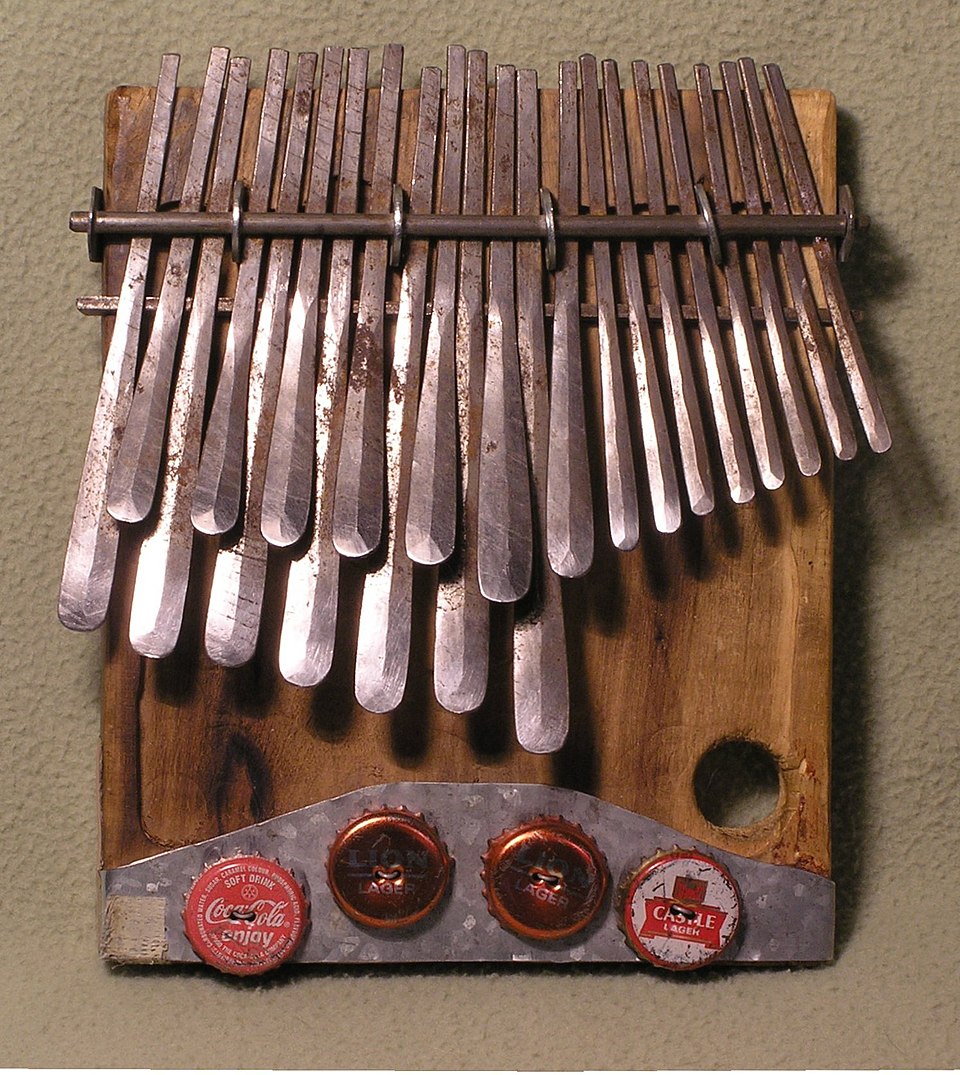
Nestled in the heart of Southern Africa, beneath the ancient baobabs and echoing in the voices of ancestral spirits, lives the sound of the Mbira, a captivating musical instrument that has transcended centuries and borders. Sometimes lovingly referred to as the thumb piano, the mbira is more than just a tool for making music; it’s a cultural emblem, a spiritual conduit, and a storyteller all in one.
What Is the Mbira?
At first glance, the mbira is humble in appearance, a small wooden soundboard (often made from mukwa or mahogany) with staggered metal keys affixed to its surface. Musicians play it by plucking the keys with their thumbs and forefinger, creating intricate melodies layered over a steady, hypnotic rhythm.
There are many variations of the mbira, but two of the most well-known are the Mbira Dzavadzimu (“mbira of the ancestors”) and the Nyunga Nyunga, both traditionally used by the Shona people of Zimbabwe. The mbira dzavadzimu typically has between 22–28 keys and plays a vital role in spiritual ceremonies, while the lighter-toned nyunga nyunga is often used for education and entertainment.
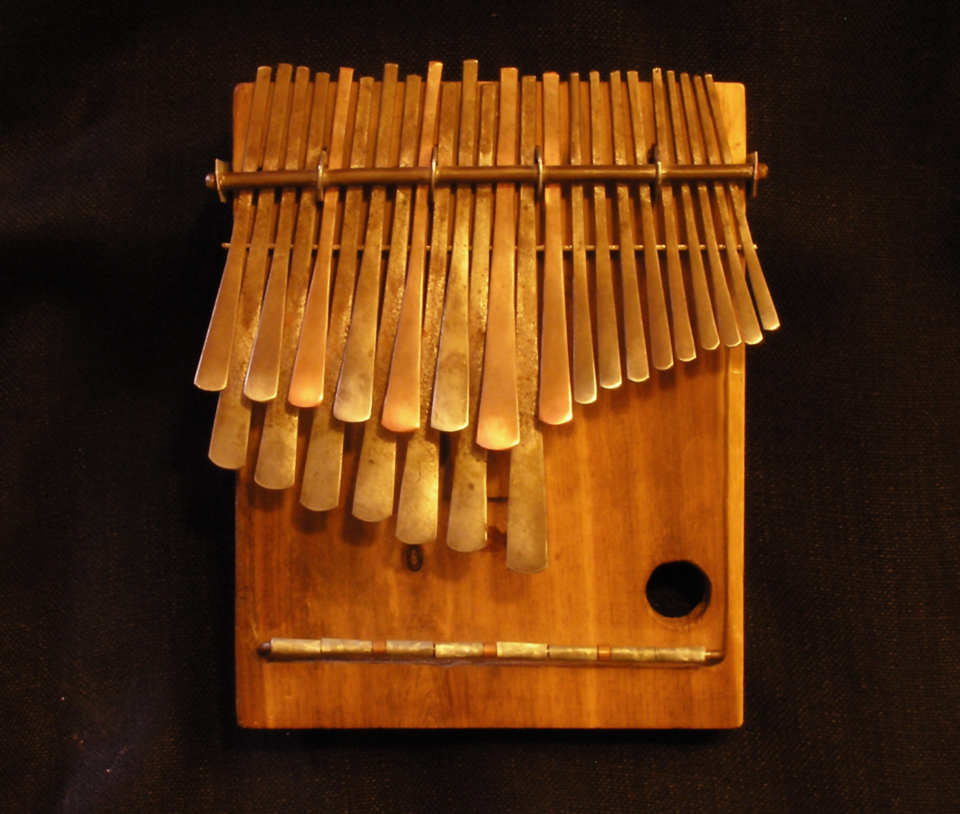
A Zimbabwean mbira dza vadzimu – Creative Commons | Author: Alex Weeks – Source: https://commons.wikimedia.org/wiki/File:Mbira1.png
A Bridge Between Worlds
The mbira isn’t just music, it’s medicine. In traditional Shona belief, mbira music invites ancestral spirits into ceremonies called biras, where healing, guidance, and communion with the spiritual realm take place. The cyclical nature of the mbira’s melodies mimics the rhythm of life itself, offering a sense of continuity and connection across generations.
It’s played in trance-inducing patterns, with interlocking melodies that can lull listeners into deep meditation or lively dance. Accompanied by hosho (rattles), the mbira’s music becomes a spiritual force that has been described as “liquid poetry” and “the sound of memory.”
From Village Fires to Global Stages
Over the last few decades, the mbira has made its way out of the villages and into the world. Artists like Stella Chiweshe, Thomas Mapfumo, and Mbira dzeNharira have brought this sacred instrument to international audiences. Meanwhile, contemporary musicians are blending mbira sounds with hip-hop, electronic, and jazz, expanding its voice without losing its roots.
The instrument’s appeal lies in its universality: despite its deep cultural ties, its sound resonates with anyone willing to listen. Whether you’re in Harare, Berlin, or Brooklyn, the mbira speaks to the soul.
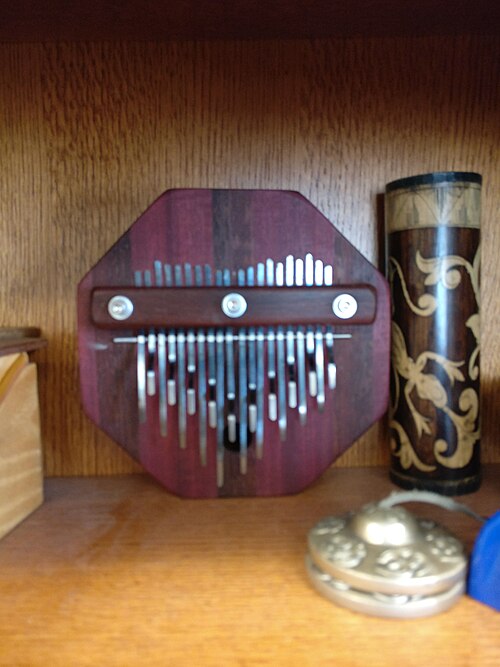
An octagonal mbira of high craftsmanship which spans two octaves. Creative Commons | Author: Kencf0618 – Source: https://commons.wikimedia.org/wiki/File:OctagonalTwoOctaveMbira.jpg
Learning the Mbira
For those drawn to its rich tones, learning the mbira can be a deeply personal journey. Many learners begin by studying with traditional players, either in person or via online platforms. It’s not just about hitting the right notes — it’s about feeling the music, understanding the stories behind the songs, and honoring the spirit of the instrument.
Preserving a Legacy
As with many indigenous art forms, the mbira faces challenges, from mass-produced imitations to the slow erosion of oral traditions. Yet efforts by cultural organizations, musicians, and educators are keeping the flame alive. Today, you’ll find mbira workshops in universities, festivals celebrating African heritage, and a growing online community of enthusiasts sharing music and stories.
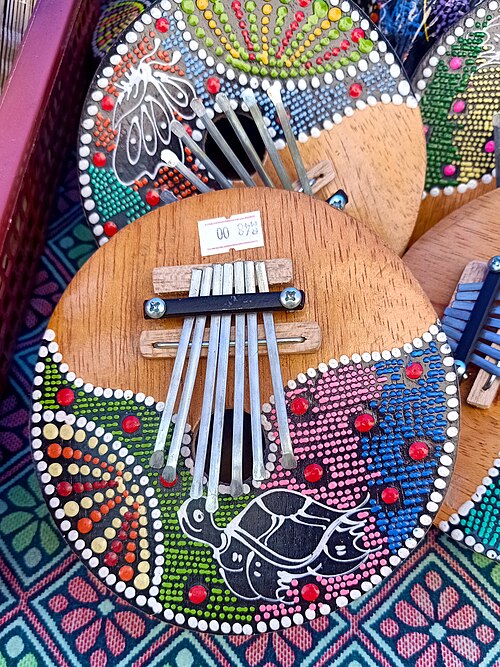
Mbira – Gaya Street Sunday Market, Kota Kinabalu – Creative Commons | Author: Suyash Dwivedi – Source: https://commons.wikimedia.org/wiki/File:Photowalk_at_Gaya_Street_Sunday_Market,_Kota_Kinabalu_18.jpg
More Than Just a Sound
The mbira is not merely an instrument, it’s a heartbeat, a whisper from the past, and a bridge to the future. Its melodies remind us of the importance of listening, not just with our ears, but with our hearts. In a world that often moves too fast, the mbira invites us to slow down, reflect, and reconnect.
Whether you’re hearing it for the first time or have grown up with its lullabies, the mbira remains a timeless companion in the symphony of human culture.
References:
Wikipedia


